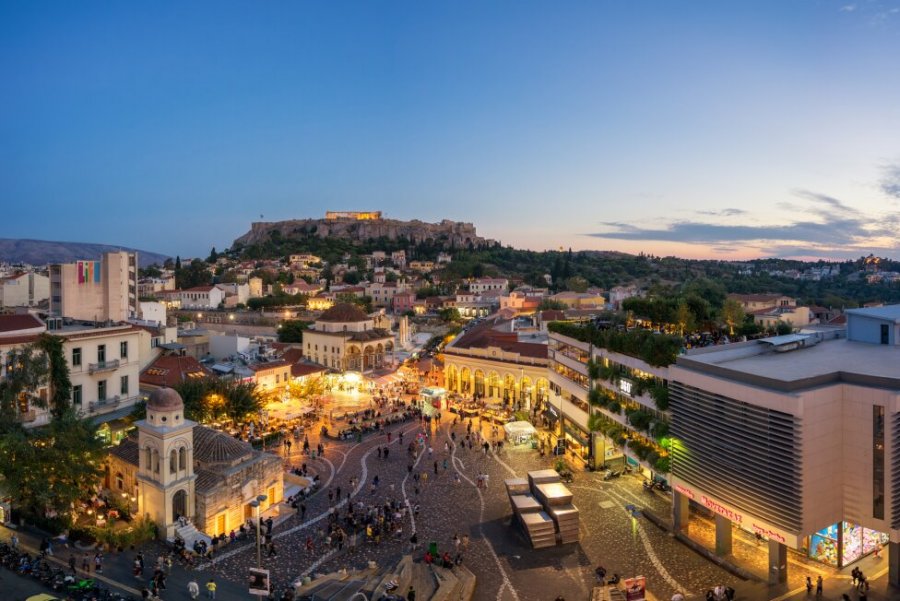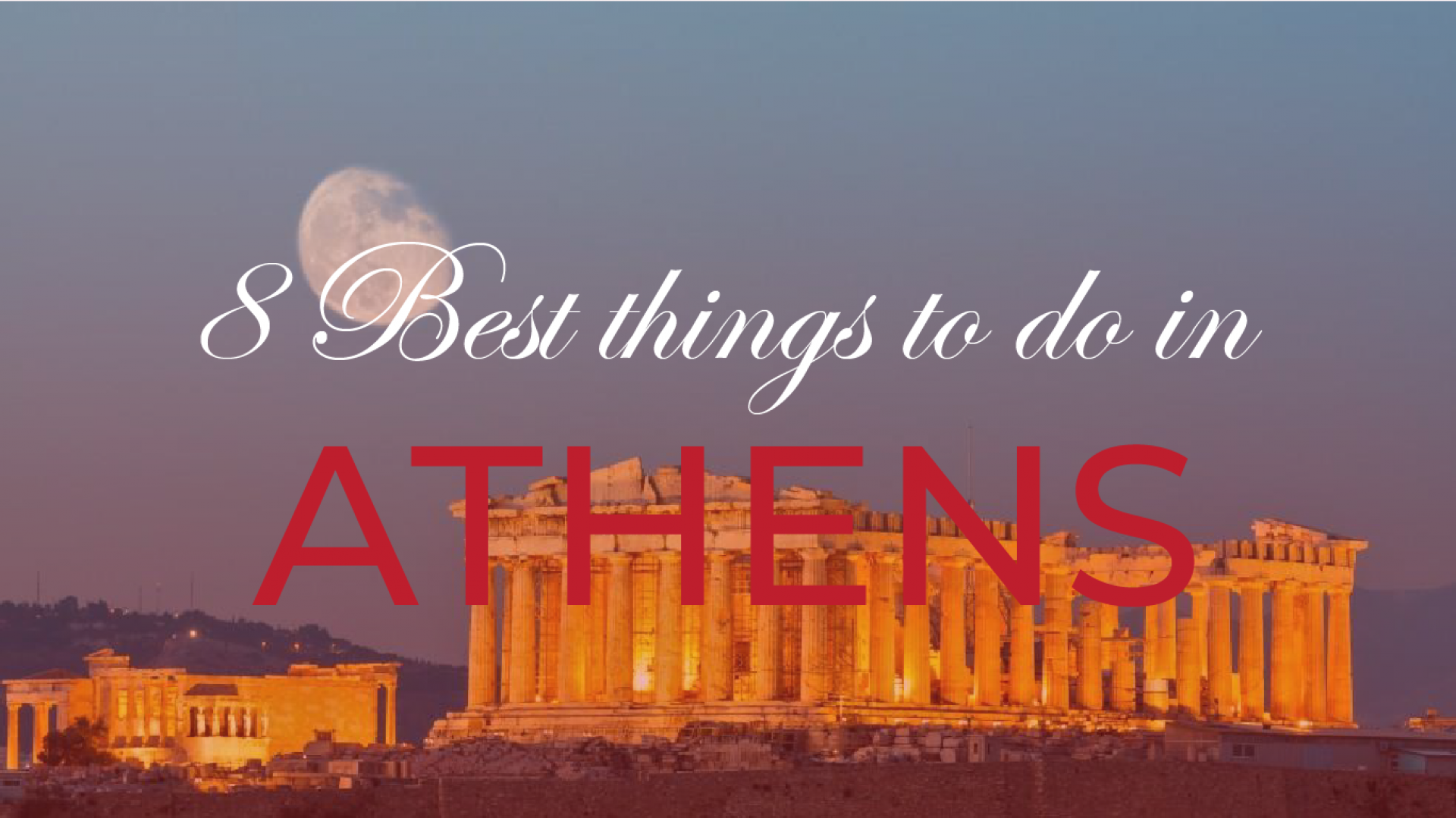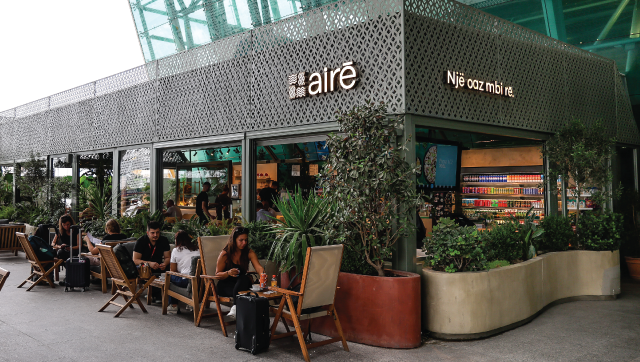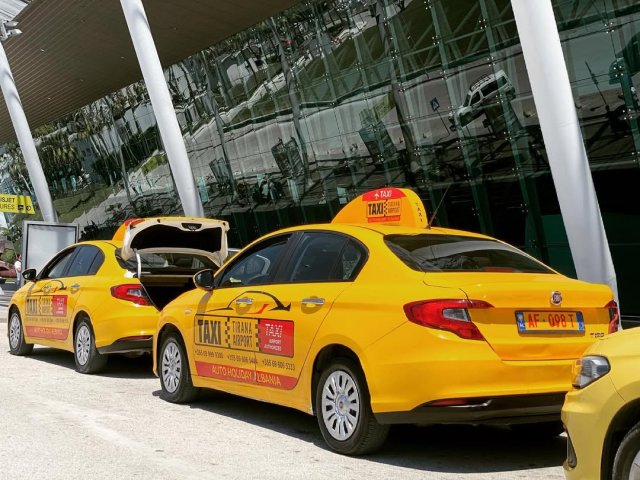Acropolis
While there are many more acropoleis (the plural of "acropolis") in Greece, it's this one in central Athens that garners the most attention. In fact, it's routinely referred to simply as "The Acropolis." The site is an elevated, flat-topped rock with an assortment of monuments and ruins built throughout the 5th century BC , including the Parthenon, the Temple of Athena Nike and the Erechtheion.
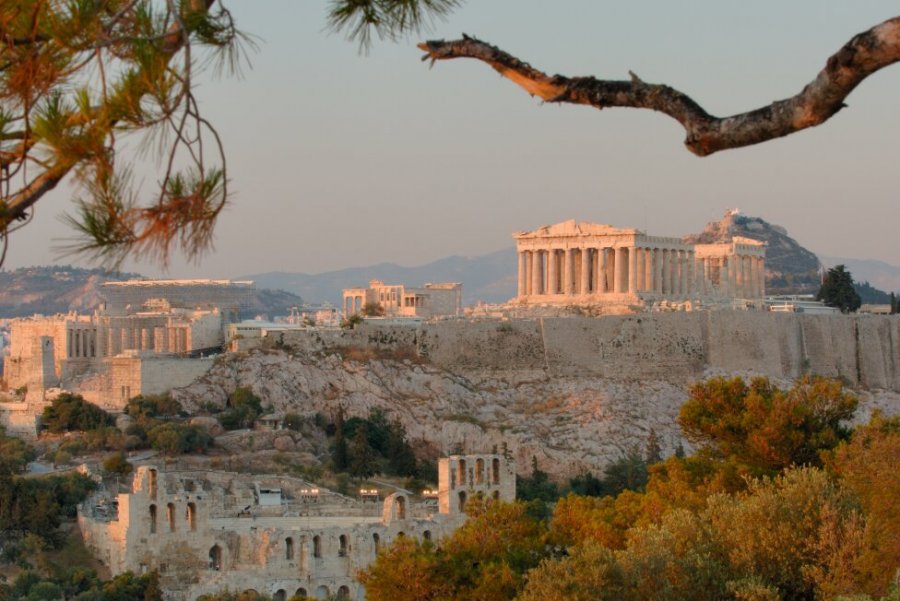
Acropolis Museum
As its name suggests, the Acropolis Museum – which resides in central Athens' Makrigianni district just below the ancient site itself – houses various archaeological findings from the Acropolis. Key exhibits include a relief of Athena Nike, several carved statues from Erechtheion, the head of a statue of Alexander the Great and a gallery with various Parthenon artifacts.
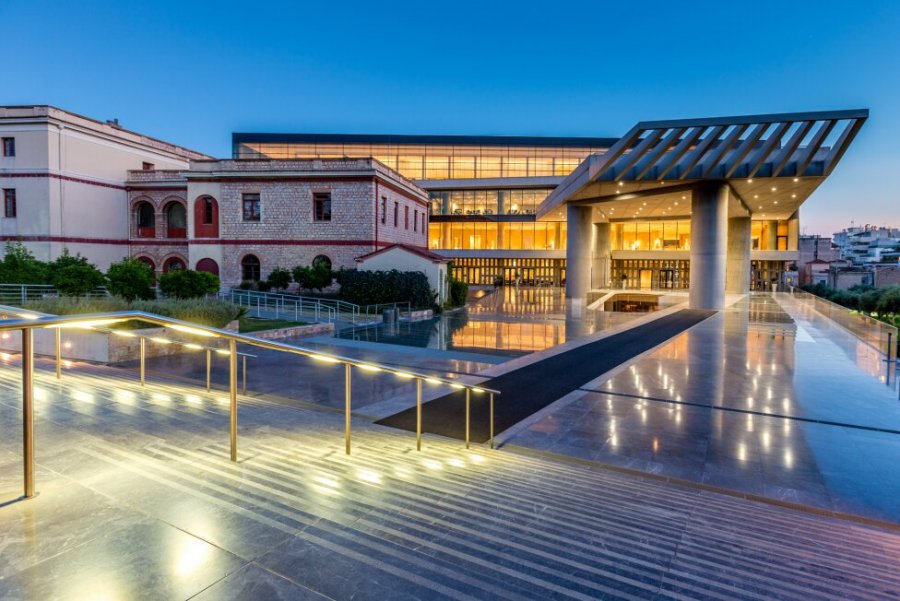
Parthenon
The ancient Parthenon in Athens once served as a treasury, and at other points it housed a Christian church and even a mosque during the 400 years Greece spent under Turkish rule. Now, the Parthenon is a must-see sight and the unchallenged highlight of visiting the Acropolis (and for some, Greece in general).
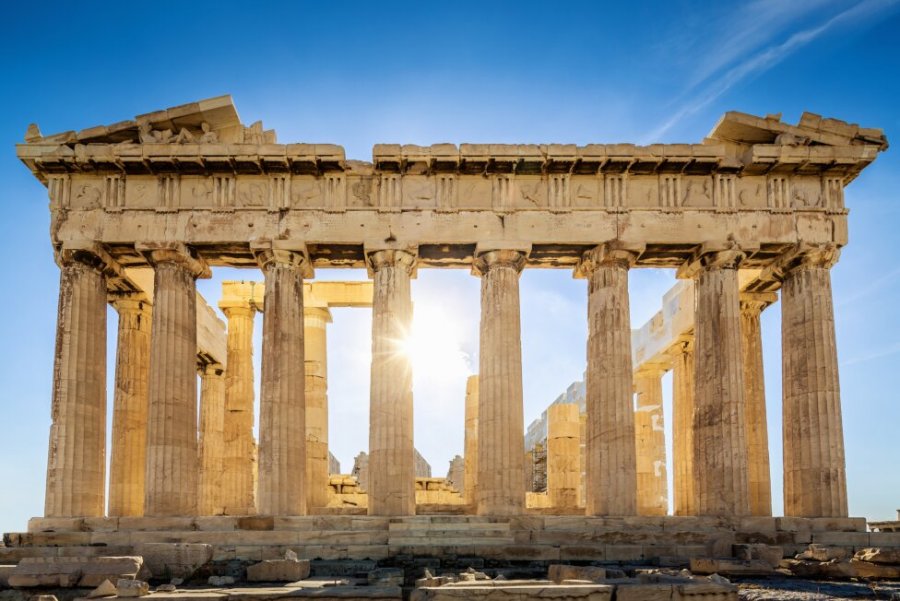
Plaka
The beautiful, historical neighborhood of Plaka, located under the Acropolis, is largely residential. Still, its assortment of restaurants and cafes keep it swarming with tourists each summer. You can also shop, especially if you're looking to bring home some gold or silver jewelry.
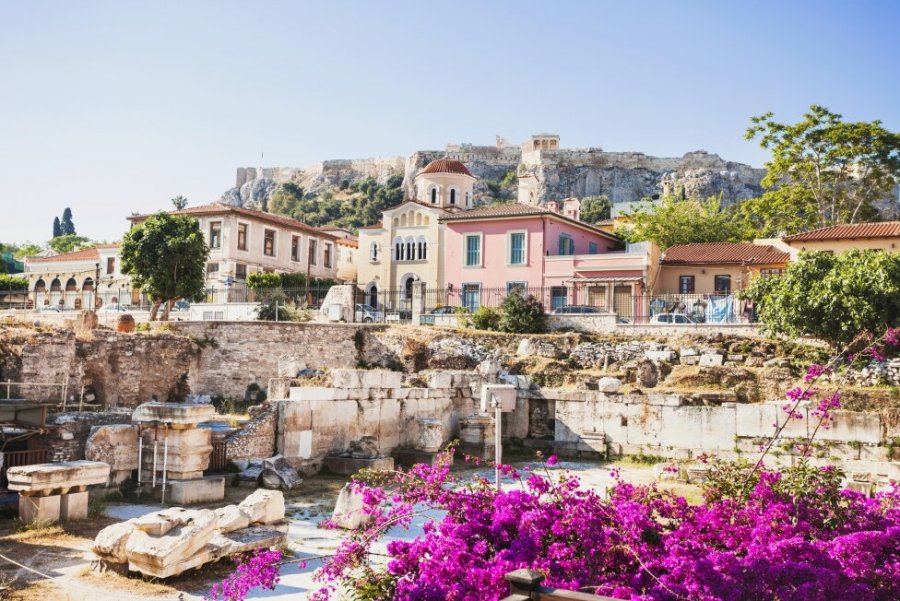
Ancient Agora
The agoras of the ancient Greek city-states were open areas for people to assemble for everything from political gatherings to public debates. Ancient Agora is the most popular of its kind, thanks in part to its historical significance. Socrates used to lecture here, and it was also here that Saint Paul sought out converts for the then-fledgling religion known as Christianity.
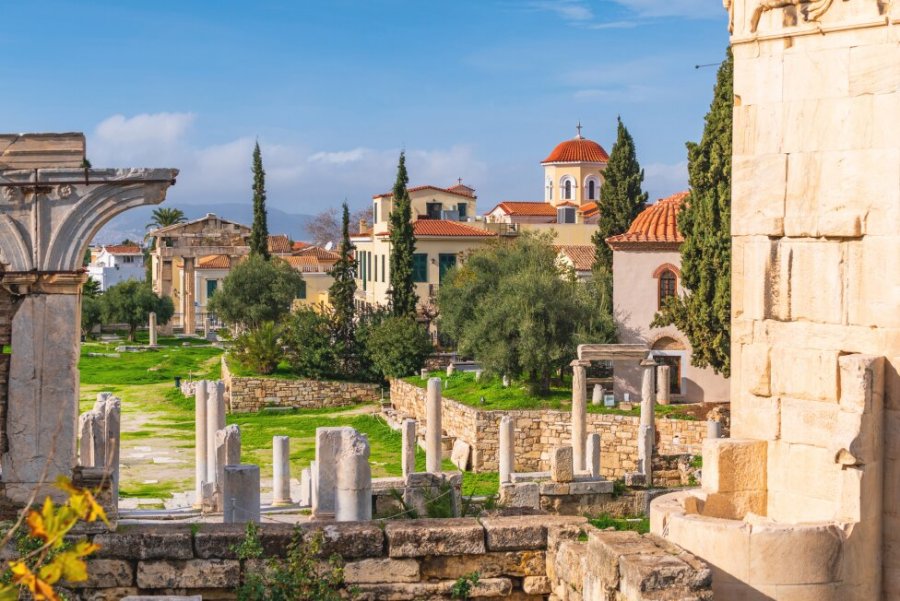
Erechtheion
Located just north of the Parthenon high above the city within the Acropolis complex, the Erechtheion was constructed between 421 and 406 B.C. as a place for Athenians to worship Erechtheus, the mythical king of Athens, and various Greek gods. Though smaller than the Parthenon, this structure features a frieze made of Eleusinian gray stone, multiple sculptures (known as caryatids) and other unique details, making it one of the Acropolis' most eye-catching buildings.
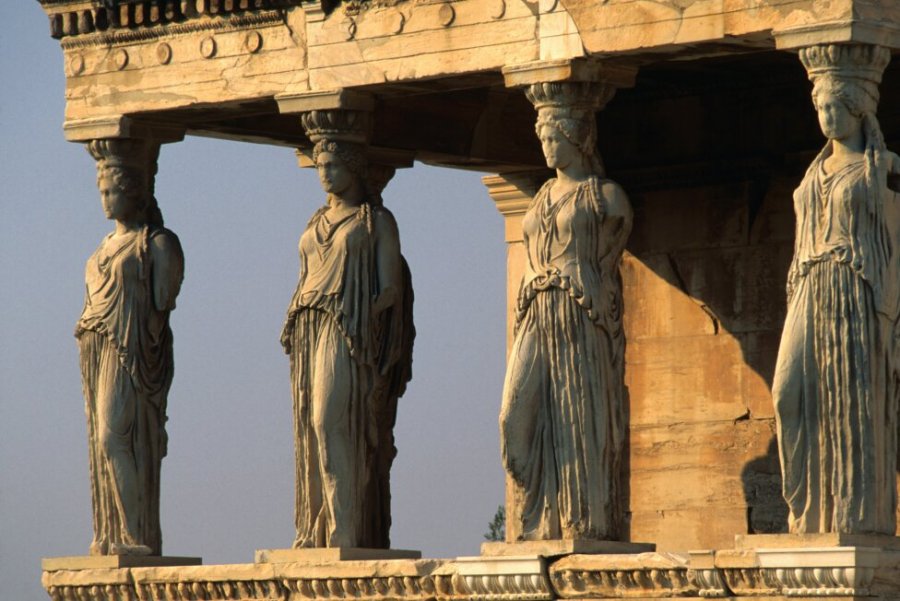
Herod Atticus Odeon
Situated on the south slope of the Acropolis, the Herod Atticus Odeon was named after Tiberius Claudius Herod Atticus, a wealthy Athenian who sponsored the building of this ancient outdoor auditorium between A.D. 160 and 174. Historically, the venue hosted a variety of music festivals, but today, the locale serves as the site for many theater, music and art festivals, including the Athens and Epidaurus Festival, an annual arts showcase.
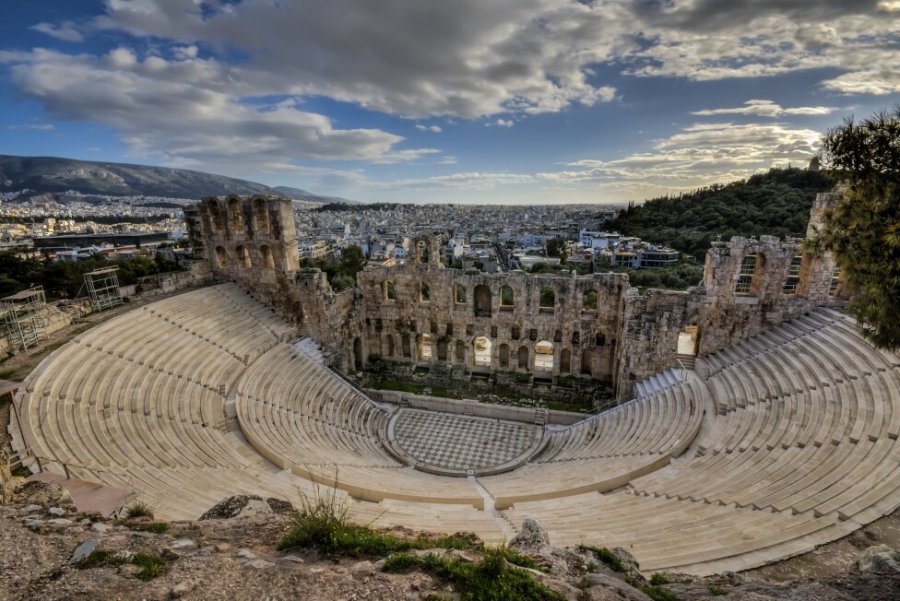
Monastiraki
Monastiraki is a popular neighborhood within the ancient city of Athens similar to the Plaka, yet it's intensely grittier and a better representation of the local vibe than more touristy areas of town. Monastiraki is the place you'll find locals selling their wares on the street, with graffiti and street art covering nearly every building in sight. Delicious eats and drinks are found in this areas of Athens, and at a good price. For example, you can find the best of Greek cuisine here, from moussaka to souvlaki and gyros. The central gathering area in Monastiraki is Monastiraki Square, which is a lively and buzzing city square filled with small shops, food stands and locals enjoying the weather.
